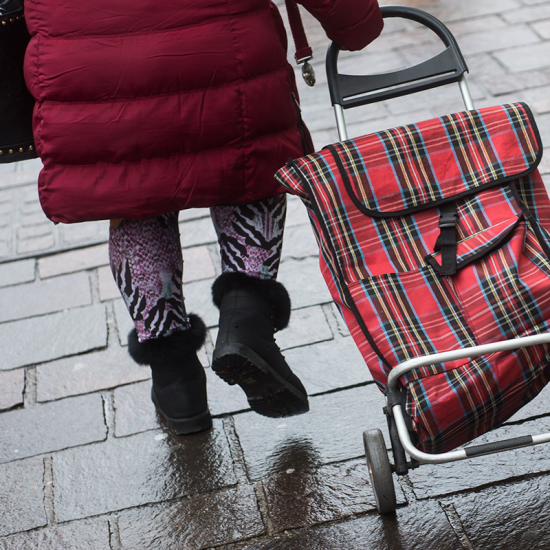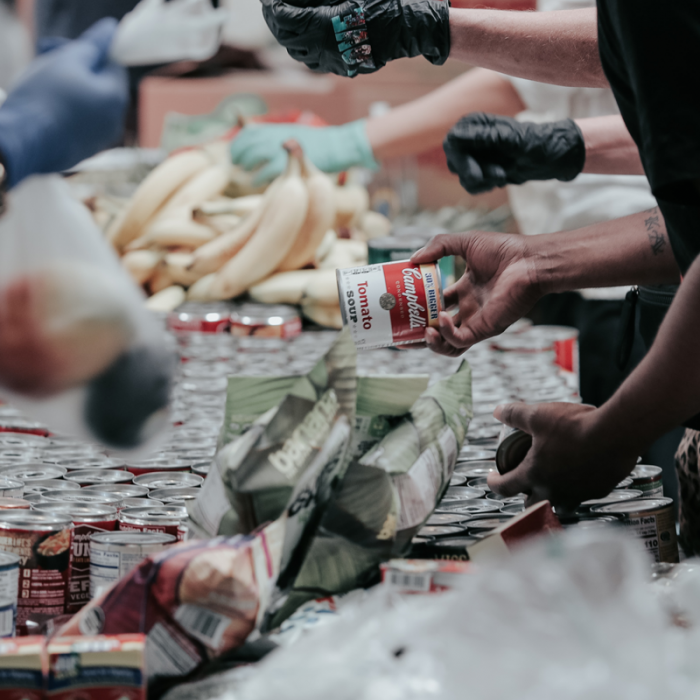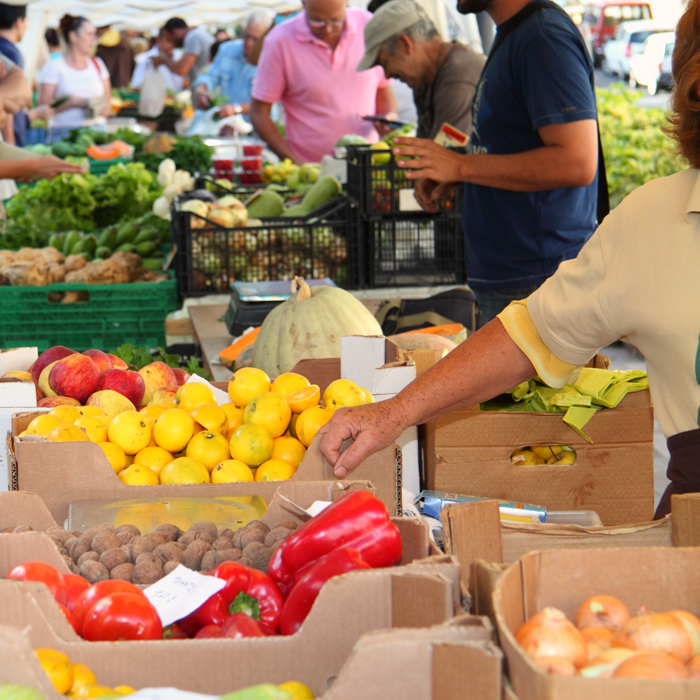Transportation is a Key Component of Equitable Food Access
Minnesotans deserve access to affordable and healthy food regardless of where they live. A critical component of food access is being able to access appropriate and reliable transportation to get to food, whether that is a grocery store, convenience store, food bank, or somewhere else. This can be particularly challenging for those who have to travel a long way to get to food.
In 2016, a Wilder Research and Federal Reserve Bank of Minneapolis report found that 1.6 million Minnesotans had “low retail access to healthy food, based on their distance to a full-service grocery store.” This placed Minnesota among the worst states in the nation for the share of residents with low access to healthy foods. These distances can be exacerbated if someone is shopping for a large family and has to transport many groceries, if they live in a rural area, or if they are looking for culturally specific food that may not be available at every store. Research shows that individuals who live in low-income neighborhoods often have to travel greater distances for groceries.
The COVID-19 pandemic has made transportation more tenuous
The COVID-19 pandemic has also reduced transportation options across the board. With public transportation creating new policies on social distancing, buses reach capacity quickly and may not run as regularly. Reduced ridership and strain on government spending may reduce these services in the long run.
Additionally, those who are at high risk for adverse effects of COVID-19 may be reluctant to take public transportation even with social distancing precautions. With the expected rise of food insecurity due to COVID-19, there is a need to implement creative and holistic solutions to reduce transportation disparities so everyone can access food.
Transportation solutions need to be community driven
Any lasting solution to increase transportation access to healthy, culturally appropriate food will need to be community driven. Community-led solutions to transportation issues are more likely to be successful because communities know what they need and will be more likely to use solutions that they had a role in shaping. Throughout the country there are communities coming up with creative solutions to increase transportation to food. These solutions go beyond transportation, and include ways to expand the availability of food resources generally.
Reliability is key
When looking at transportation, one important solution is creating reliable systems. In north-central Montana, a transit line connects several isolated, rural communities to the larger city of Great Falls. This consistency allows shoppers from rural communities to plan their trips to larger grocery stores. In Duluth, Minnesota, they have a five-day-a-week service “Route S1 Grocery Express” that takes shoppers to full service grocery stores.
With the COVID-19 pandemic, existing public transportation has been repurposed to create predictable ways to access food. For example, in communities like St. Paul and Little Falls, school bus drivers have delivered food on their routes. These approaches are using existing transportation structures to bring food in at a lower risk for residents.
Grocery co-ops allow for community control
Another option that might be particularly effective in rural areas is community grocery co-ops. Co-ops have collective ownership structures which allows co-op members to order and stock food that is right for their community. A co-op grocery store that caters to the area’s residents can prevent people from having to drive long distances to get to a larger metro area to grocery shop. Many rural areas have long-standing relationships with other types of co-ops, such as electrical co-ops, and this might fit into the already established culture of an area. In urban areas, co-ops can be a harbinger of gentrification as they often stock expensive and specialty items. However, co-op membership structure often allows for more equitable hiring and pay practices, which can create employment benefits for a community.
Solutions can involve interconnected systems
Another way to increase food access is to look at policy and systems solutions through interconnected lenses that affect transportation. For instance:
- Changing zoning laws could allow for more gardens or farms in certain areas.
- Having food trucks collaborate with a local parks department could bring regular hot food to an area in conjunction with park programming, such as scheduled activities for youth.
- Changing permitting rules so that newly built grocery stores have bus-accessible entrances.
To put these systems into place, some cities are adding food equity language into their comprehensive plan.
Finally, policies that help ensure financial security, like universal basic income, allow families to better afford transportation, grocery shop on their own time, avoid the uncertainty of food banks, and access grocery stores of their choice regardless of distance.
While studies of universal basic income are limited, a study of Stockton, California’s program showed that 40% of residents who got the benefit used it to pay for feeding their families. Other cities, including Saint Paul, are also testing out a basic income, allowing us to see how these programs might work in the Twin Cities. This suggests that local governments and nonprofits may not have to create additional assistance programs, just provide individuals with money to make their own choices.
While successful solutions to reducing transportation barriers to food have some things in common, no one solution will eliminate barriers. Solutions should be led by and tailored to the community and, likely, multiple, overlapping solutions will be needed. Barriers to food access due to transportation is an infrastructural problem that will need infrastructural solutions.
Alice Lubeck was a research associate in Wilder Research.


